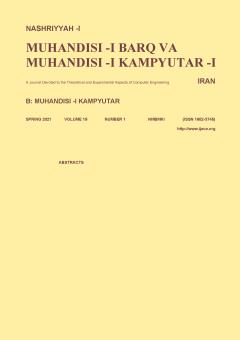-
-
List of Articles
-
Open Access Article
1 - Robust Persian Isolated Digit Recognition Based on LSTM and Speech Spectral Features
شیما طبیبیان -
Open Access Article
2 - A New High Speed Easily Expandable Digital Multiplication Algorithm without Pipeline
ebrahim hosseini Morteza Mousazadeh -
Open Access Article
3 - Proposing a Novel Write Circuit to Reduce Energy and Delay of Writing Operations in STT-MRAM Memories Using the Temperature Method
امیرمحمد حاجی صادقی حمیدرضا زرندی Sh. Jalilian -
Open Access Article
4 - An Efficient Approach for Resource Allocation in Fog Computing Considering Request Congestion Conditions
Samira Ansari Moghaddam سميرا نوفرستي مهري رجايي -
Open Access Article
5 - Improving Energy Consumption in Wireless Sensor Networks Using Shuffled Frog Leaping Algorithm and Fuzzy Logic
Shayesteh Tabatabaey -
Open Access Article
6 - Construction of Scalable Decision Tree Based on Fast Data Partitioning and Pre-Pruning
سميه لطفي Mohammad Ghasemzadeh Mehran Mohsenzadeh Mitra Mirzarezaee -
Open Access Article
7 - Blind Two-Channel Speech Source Separation Based on Localization
Hassan Alisufi M. Khademi Abbas Ebrahimi moghadam
-
The rights to this website are owned by the Raimag Press Management System.
Copyright © 2017-2025







